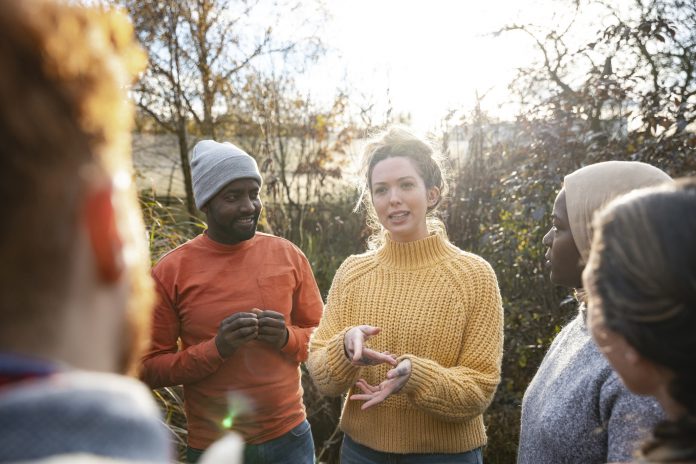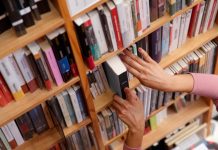Matthew Deeprose, Senior Learning Designer at the University of Southampton, believes that established community collaboration is crucial in fostering education, awareness, and best practices in accessibility
In this article, he will share valuable insights from his colleagues and peers from universities worldwide, explore the transformative power of peer learning, the significance of community in achieving accessibility for all, and the impact of communities in higher education.
The importance of community collaboration
“Communities have emerged as one of the driving forces behind progress in accessibility,” says Matthew Deeprose, Senior Learning Designer at the University of Southampton.
Institutions must strive to raise student awareness of the tools available to help them consume and retain information that works for them and their lifestyles. For example, Anthology Ally is an accessibility tool with various Virtual Learning Environments (VLEs).
Education and awareness lie at the core of accessibility. Users can opt to listen to the content if they’re aural learners or simply on the go, use immersive reader features to increase the readability of the content, and even translate documents to their native language to help with comprehension.
Importance of teaching staff
Sharon Austin, Academic Technology Accessibility Specialist at the University of Tampa, emphasises the importance of teaching staff demonstrating these options to students and highlighting the benefits of alternative formats.
Dr Esin Caglayan, Director of the Teaching and Learning Center at the Izmir University of Economics, suggests sharing resources with instructors and leveraging their influence to promote alternative formats among students. By appealing to personal customisation and making alternative formats relevant, institutions can encourage students and instructors to embrace accessibility.”
Collective efforts are vital for community
Collective efforts are vital to break down barriers and foster understanding. Terry Greene, Senior eLearning Designer at Trent University, advocates for following the principles of Universal Design for Learning (UDL), which promote multiple means of expression.
By incorporating UDL, institutions can ensure accessibility benefits all students, not just those with declared disabilities.
Engaging teaching staff to use accessibility best practices requires tangible approaches. Dr Tharindu Liyanagunawardena, Digital Accessibility Officer at the University of Reading, suggests using anecdotes, user stories, and examples relevant to instructors’ subject areas.
The goal of accessibility is crucial for community
Mandatory training is also practical in embedding accessibility practices, as Sarah Whittaker, Senior Manager Teaching with Technology in the United Arab Emirates, explains.
To overcome resistance from teaching staff who perceive accessibility as accommodating students with declared disabilities, consider raising awareness about hidden disabilities and offering accessible templates and tools to simplify implementation.
Something that plays a crucial role in achieving the goal of accessibility for everyone is community. It enables sharing experiences, insights, and best practices, fostering a dynamic environment of continuous growth.
The need to bring together institutions
The Anthology Ally user group is a robust community, exemplifying the power of collaboration, resource pooling, and collective problem-solving.
By bringing together diverse institutions, this community cultivates a collaborative spirit that tackles accessibility challenges.
By sharing knowledge, experiences, and solutions, the community has a transformative impact on accessibility in higher education.
One example of the power of community occurred during a recent panel of accessibility experts from six institutions representing six different countries.
The panellists were asked to share some “accessibility tips.”
Sharing experiences, insights, and best practices create a dynamic environment for continuous growth.
Here are my top tips for university leaders to embrace the power of community:
- Foster a collaboration and knowledge-sharing culture within your institution, encouraging staff and students to engage in accessibility initiatives.
- Establish partnerships with other institutions, organisations, and communities to collectively address accessibility challenges, share best practices and participate in communities and networks focused on accessibility, such as the Anthology Ally community, to stay informed about the latest advancements and contribute to collective knowledge.
- iii) Provide resources and training opportunities to empower teaching staff with the knowledge and skills to incorporate accessibility into their practices.
- Advocate for integrating accessibility policies at the institutional level, ensuring that accessibility is embedded in all aspects of teaching, learning, and digital content creation.
By being active, watching and contributing to communities, higher education institutions are leveraging the collective strength to improve accessibility.
Matthew Deeprose is the Senior Learning Designer at the University of Southampton.











